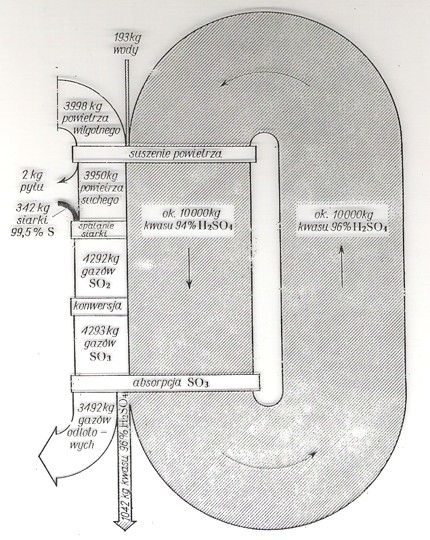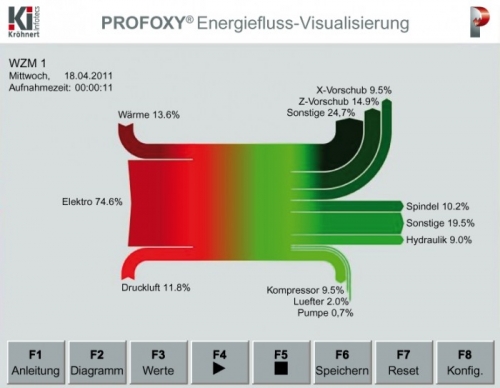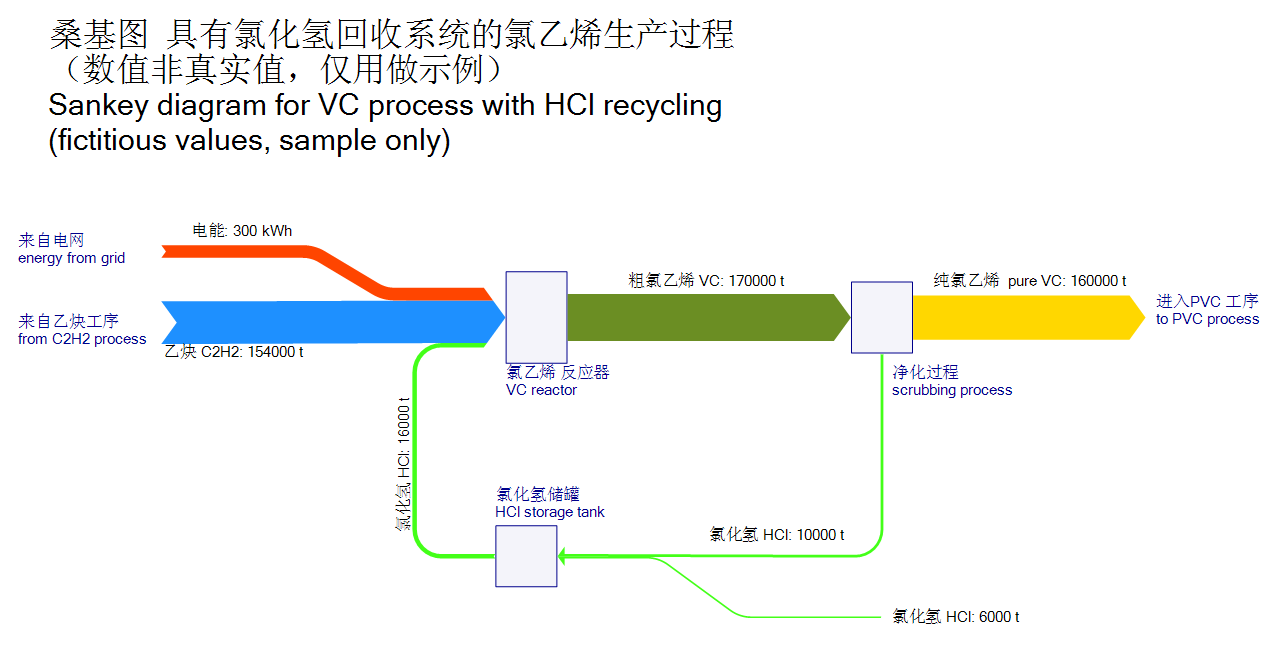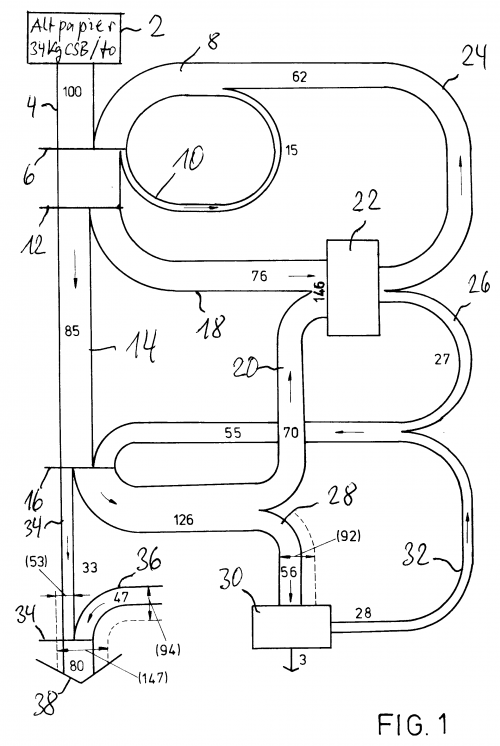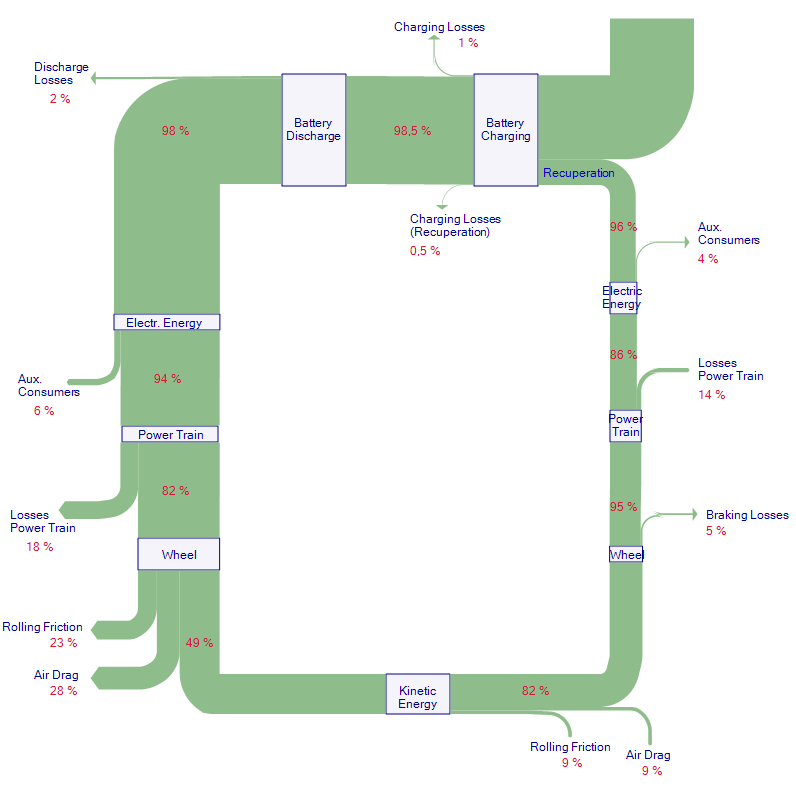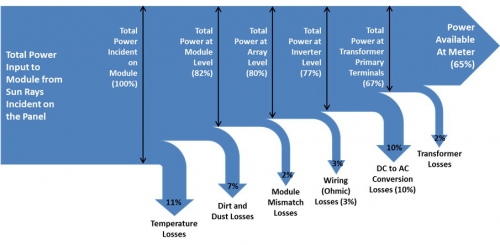I am sure some of you know this situation: Stepping on the scales in the morning, still half asleep, just to find out you have gained a kilogram or so… but did I really eat that much yesterday?
Well, Ivan Muñoz from the Centre for Environmental Strategy (CES) at the University of Surrey approached this question from a more scientific perspective to create ‘A simple model to include human excretion and waste water treatment in Life Cycle Assessment of food products’. In LCA you are trying to explain all processes along the product life cycle in detail and, if possible, with a closed mass balance. When you look at the ‘use phase’ of a food product life cycle, where the food is being consumed it doesn’t disappear, it is just transformed in the human body.
The researcher and his group have determined a mass balance of 1 kg of boiled broccoli. It is visualized with two different Sankey diagrams.
One is a mass balance including water. The “first diagram reveals that human digestion is mainly concerned with water, from a mass point of view” (p. 13)
No units or absolute values are given, but one can see that wet matter (water) is the main constituent of the food ingested. It leaves the body as water through the lungs (exhalation), as urine and with faecal solids (light blue arrows). In fact, the human body could be considered a huge water extraction facility…
The other Sankey diagram just focuses on dry matter and oxygen, explicitly excluding the water in the broccoli from the mass balance.
Here we can observe that some 40% or so of the food dry matter are actually solids from non-biodegradable organics (fibres). See the arrow with the appropriate color 😉 . The remainder leaves the body as faecal liquids. In this Sankey diagram the human body rather is an emission source of greenhouse gases (GHG), solid waste and liquid waste.
Apparently in both diagrams no mass is maintained within the system…
The researchers also did an “endosomatic energy balance” and found that some 63,4% of the broccoli is “energy actually used in metabolism” while 36,6% of the energy is “energy in excretion products (lost energy)” (p. 15)
Now you might say ‘Who gives a … dime?”, but I found this to be a really fascinating topic. It is probably also the first Sankey diagram ever to be used to visualize human digestion.
